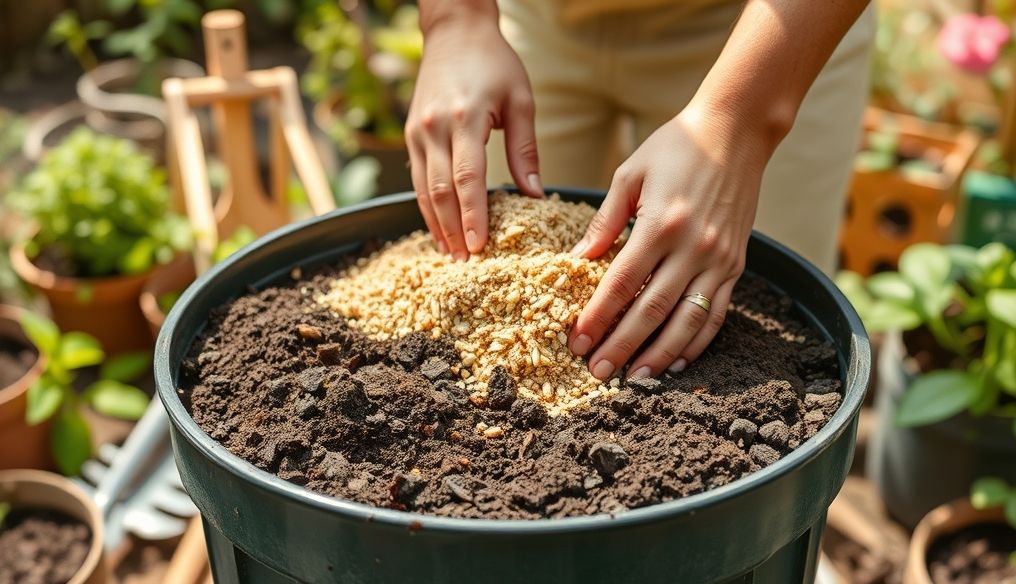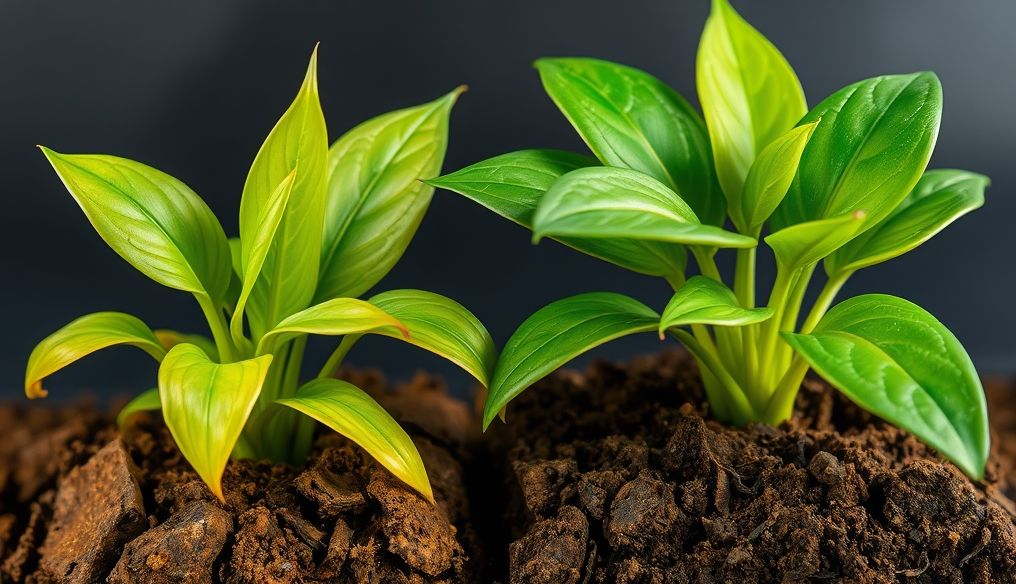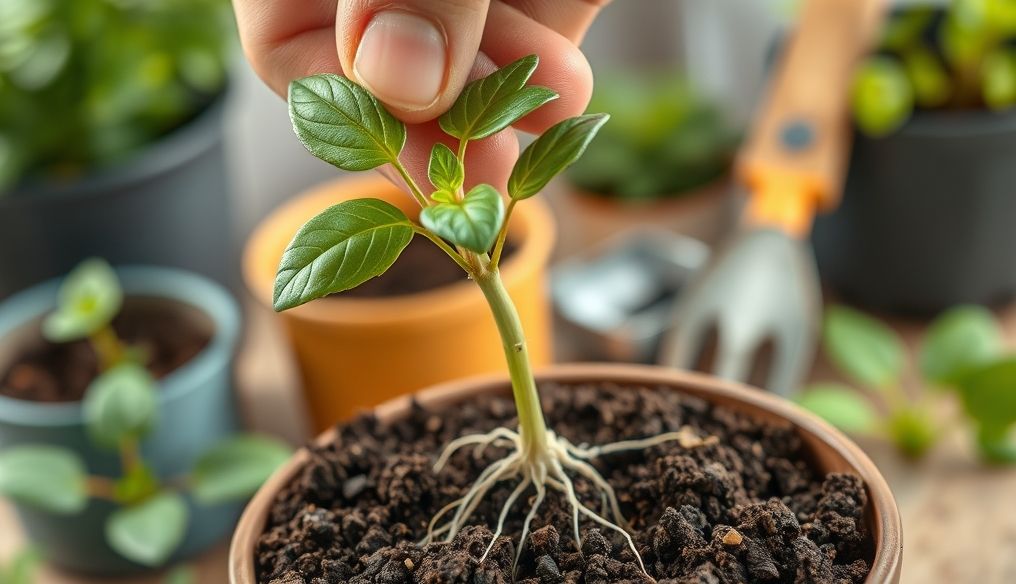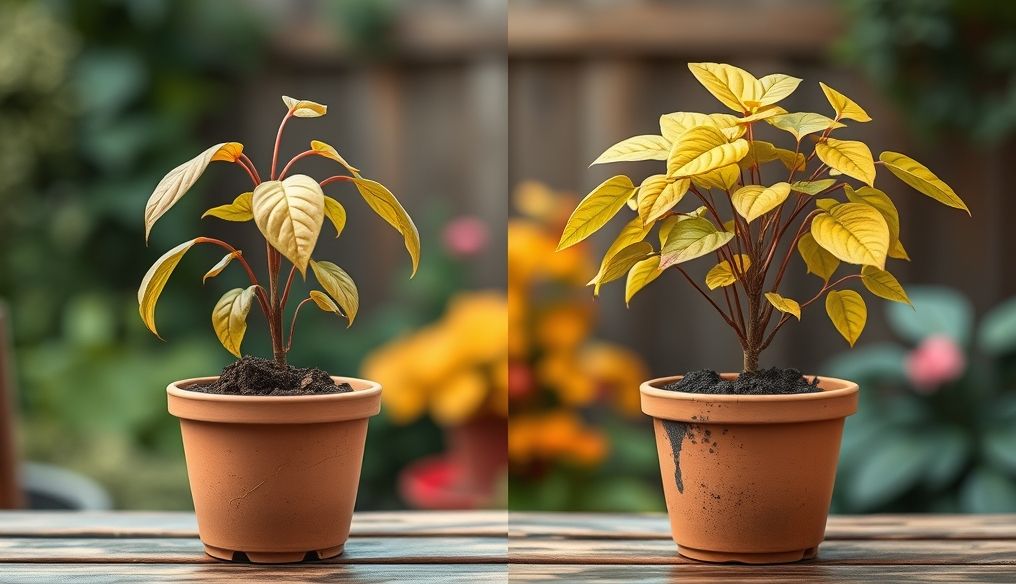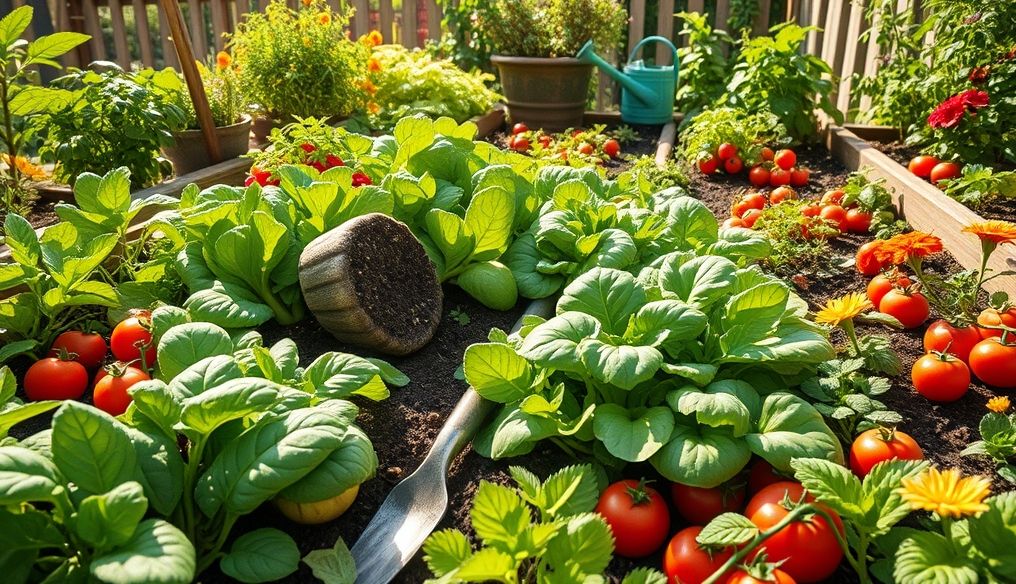Introduction: Why Do You Need Fertile Soil?
Fertile soil is the foundation of any successful garden or farm. It provides plants with the essential nutrients, water, and air they need to grow and thrive. Good soil improves drainage, prevents waterlogging, and helps anchor plant roots, making them more resistant to harsh weather conditions and diseases.
Instead of buying expensive soil from stores, you can easily make fertile soil yourself using natural and readily available materials. This method is not only economical but also environmentally friendly, as it reduces waste and promotes sustainability.
Chapter 1: Understanding Different Soil Types
Before you start making your own soil, it's important to understand the different soil types and their characteristics. The main types of soil are:
- Sandy Soil: Characterized by large particles, good drainage, but poor water and nutrient retention.
- Clay Soil: Characterized by small particles, good water and nutrient retention, but can be poorly drained.
- Loamy Soil: A mixture of sand, clay, and silt, considered ideal for gardening as it provides a good balance between drainage and water/nutrient retention.
- Organic Soil (Peat Moss): Rich in decomposed organic matter, excellent water and nutrient retention, but can be too acidic for some plants.
By understanding the characteristics of each soil type, you can amend your existing soil to improve it or create an ideal soil mix that meets the needs of your plants.
Chapter 2: Essential Materials for Making Fertile Soil
To make fertile soil, you'll need a mixture of organic and inorganic materials. Here are some essential materials you can use:
- Compost: Compost is considered the "black gold" of the garden. It provides essential nutrients for plants, improves soil structure, and increases its water-holding capacity. You can make your own compost using food scraps, fallen leaves, grass clippings, and other organic materials.
- Peat Moss or Coco Coir: Peat moss or coco coir is used to improve the soil's water-holding capacity and aeration. Peat moss is a decomposed organic material extracted from bogs, while coco coir is a sustainable alternative made from coconut husks.
- Coarse Sand: Coarse sand helps improve drainage in heavy clay soils. Make sure to use coarse sand specifically for gardening, not fine sand that may clog soil pores.
- Native Soil: You can use your native soil as a base for your soil mix. However, you should amend it with the other materials mentioned above to improve its properties.
- Vermiculite or Perlite: These lightweight mineral materials help improve soil aeration and drainage. Vermiculite retains water and nutrients better than perlite.
- Bone Meal: A rich source of phosphorus and calcium, two essential nutrients for root growth and flower/fruit formation.
- Wood Ash: A rich source of potassium, an essential nutrient for plant growth and disease resistance.
Chapter 3: Methods for Making Homemade Compost
Making homemade compost is a great way to turn organic waste into nutrient-rich fertilizer. There are several methods for making compost, including:
- Hot Composting: This method requires a large amount of organic material, but it produces compost faster. You need to turn the pile regularly to maintain its temperature and moisture.
- Cold Composting: This method is easier and less demanding, but it takes longer to produce compost. Simply add organic materials to the pile and let them decompose slowly.
- Compost Bin: A compost bin is a closed container that helps organize the decomposition process and reduce odors. You can buy a ready-made compost bin or build one yourself.
- Vermicomposting: This method uses red worms to convert organic waste into fertilizer. Worm compost is nutrient-rich and easy to use.
When making compost, be sure to use a balanced mix of "green" materials (such as food scraps and grass clippings) and "brown" materials (such as fallen leaves and cardboard). Avoid adding meat, dairy products, and oils to the pile, as they may attract pests and cause unpleasant odors.
Chapter 4: Recipes for Different Soil Mixes
Depending on the type of plants you are growing, you may need a different soil mix. Here are some common recipes for soil mixes:
- General Purpose Soil Mix: 1 part native soil, 1 part compost, 1 part peat moss or coco coir, ½ part coarse sand.
- Soil Mix for Acid-Loving Plants (such as blueberries and azaleas): 1 part peat moss, 1 part coarse sand, ½ part compost.
- Soil Mix for Seeds and Seedlings: 2 parts peat moss or coco coir, 1 part vermiculite, 1 part sifted compost.
- Soil Mix for Succulents and Cacti: 1 part native soil, 1 part coarse sand, 1 part perlite.
You can modify these recipes to suit the needs of your specific plants. For example, if your native soil is very heavy, you can add more coarse sand to improve drainage.
Chapter 5: Amending Existing Soil in Your Garden
If you don't want to make entirely new soil, you can amend the existing soil in your garden to improve its properties. Here are some tips for amending soil:
- Add Compost: Compost is the best soil amendment you can add. It improves soil structure, increases its water-holding capacity, and provides essential nutrients for plants.
- Add Organic Matter: You can also add other organic materials such as fallen leaves, grass clippings, and rotted animal manure.
- Adjust pH: The pH of the soil can affect the ability of plants to absorb nutrients. If your soil is too acidic, you can add lime to raise the pH. If your soil is too alkaline, you can add sulfur or sulfate fertilizer to lower the pH.
- Improve Drainage: If your soil is poorly drained, you can add coarse sand or organic matter to improve drainage. You can also create raised beds to improve drainage in areas with drainage problems.
Chapter 6: Soil Testing
Soil testing is a great way to determine if your soil is lacking any nutrients or has pH problems. You can buy a soil test kit from a gardening store or send a soil sample to a specialized laboratory.
A soil test will tell you the levels of key nutrients (such as nitrogen, phosphorus, and potassium) and the pH of your soil. Based on the test results, you can amend your soil to add missing nutrients or adjust the pH.
Chapter 7: Additional Tips for Maintaining Fertile Soil
- Crop Rotation: Crop rotation is the practice of growing different crops in the same area in rotation. Crop rotation helps prevent nutrient depletion in the soil and reduces the spread of diseases and pests.
- Mulching: Mulching the soil with mulch, straw, or fallen leaves helps retain soil moisture, prevent weed growth, and protect the soil from erosion.
- Avoid Soil Compaction: Soil compaction can reduce soil aeration and drainage. Avoid walking or driving on wet soil, and use boards or paths to protect the soil in areas where walking is frequent.
- Proper Irrigation: Overwatering or underwatering can lead to soil problems. Be sure to water your plants deeply and infrequently, and let the soil dry out between waterings.
Chapter 8: Benefits of Making Your Own Soil
Making your own soil has many benefits, including:
- Saving Money: Buying soil can be expensive, especially if you need a large amount. Making your own soil can save you a lot of money.
- Quality Control: When you make your own soil, you can control the quality of the ingredients used and ensure they meet the needs of your plants.
- Environmentally Friendly: Making your own soil reduces waste and promotes sustainability.
- Increased Productivity: Fertile soil leads to healthier plants and greater productivity.
In short, making your own soil is a great way to save money, protect the environment, and improve the productivity of your garden or farm.
